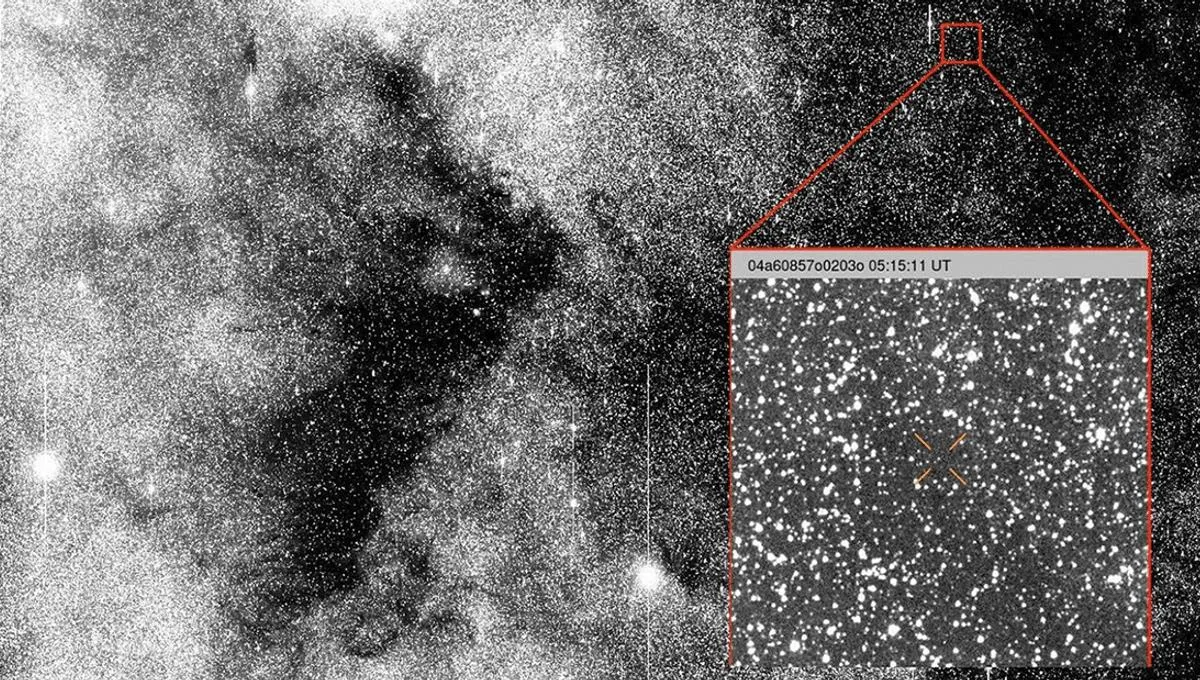
On July 1, astronomers made a groundbreaking discovery when they detected an unusual object hurtling through the Solar System. This comet was traveling at nearly twice the speed of previous interstellar visitors, such as ‘Oumuamua and Comet Borisov. Shortly after its detection, the object was confirmed to be an interstellar comet, designated as 3I/ATLAS. It is believed to have a nucleus measuring approximately 5.6 kilometers (3.5 miles) in diameter and a staggering mass exceeding 33 billion tons.
The astronomical community swiftly began monitoring 3I/ATLAS as it traversed the Solar System, even moving behind the Sun from our perspective. Notably, there are indications that NASA's Perseverance rover on Mars may have captured images of this interstellar object. This raises intriguing questions about its origins and journey through space.
In a new paper submitted to the Astrophysical Journal, researchers from the University of A Coruña embarked on an ambitious quest to uncover the comet’s history. Utilizing data from the European Space Agency’s Gaia mission, which provides a three-dimensional map of stars and other celestial objects in the Milky Way and beyond, the team traced the comet’s trajectory backward over the last 10 million years. This analysis aimed to identify any past close encounters with other stars.
The researchers identified a total of 93 nominal encounters within 2 parsecs (6.5 light-years) of other stars, with 62 of these encounters deemed significant at the 2σ level. However, the findings revealed that none of these encounters resulted in any meaningful perturbation to the comet's trajectory. The most significant perturber, cataloged as Gaia DR3 6863591389529611264, was located 0.30 parsecs away and had a relative velocity of 35 km/s. This interaction only slightly altered the orbit of 3I/ATLAS, imparting a negligible velocity change of approximately |∆v| ≃ 5 × 10−4 km/s.
The researchers concluded that no stellar flybys within the last 10 million years, as recorded in Gaia DR3, could account for the current trajectory of 3I/ATLAS or provide insights into its origin. Instead, their analysis suggests that the interstellar comet likely originated from the thin disk of the galaxy. This finding contrasts with an earlier study that proposed it might have come from the thick disk, based on its minimal deviation from the galactic plane.
According to the research team, while 3I/ATLAS appears to follow a thin-disk orbit in the solar neighborhood, it may still be an ancient object. This suggests its possible ejection from a primordial planetesimal disk within an early-formed system or from an exo-Oort cloud. The team posits that it likely originated from the transition region between the thin and thick disks, though its exact origin remains a mystery.
Further investigation into 3I/ATLAS and similar interstellar objects is essential to draw more definitive conclusions. However, this preliminary study indicates that 3I/ATLAS could be around 10 billion years old, potentially acting as a time capsule that reveals insights into the formation of the earliest planetary systems in the galaxy and the universe. The research team speculates that this comet may have been traveling alone for billions of years until it was finally spotted near our star.
“What makes 3I/ATLAS unique is that it allows us to study the evolution of objects originating from other stellar systems – something we had only theorized about until now,” stated Pérez Couto, a researcher at the Centre for Research in Information and Communication Technologies and team leader. Each observation of this remarkable comet opens a window into the Universe’s past, enhancing our understanding of cosmic history.